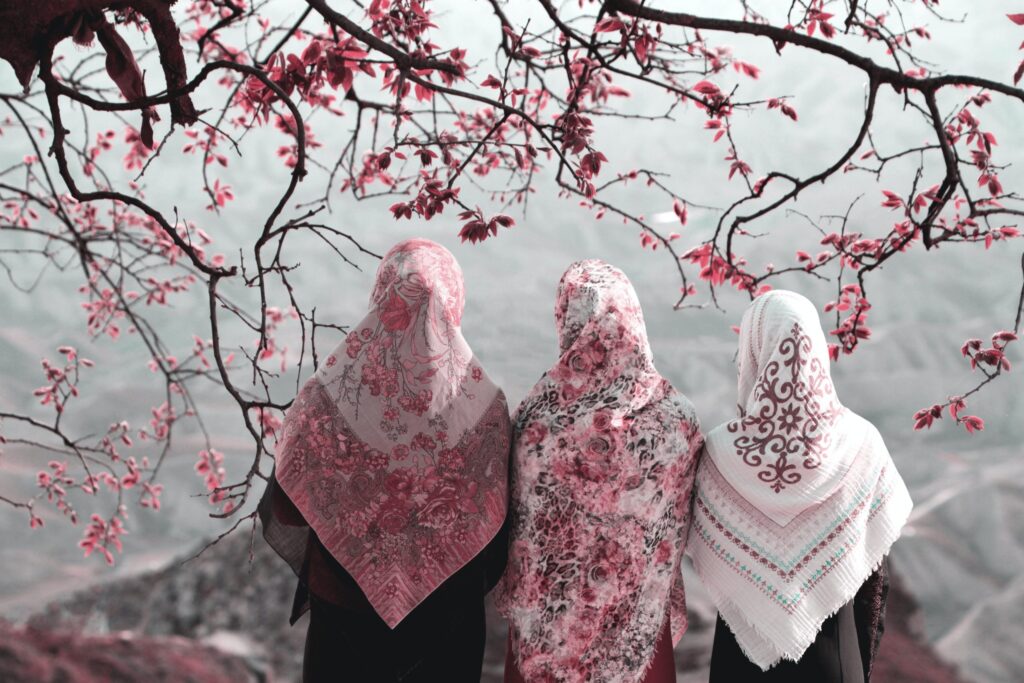
Exploring the Different Colors of Hijab in Europe
Exploring the Different Colors of Hijab in Europe The hijab is a religious headscarf worn by Muslim women. It is a symbol of modesty and privacy, and it is also seen as a way to protect women from unwanted attention. The hijab can be made from a variety of materials, including cotton, silk, and chiffon.



